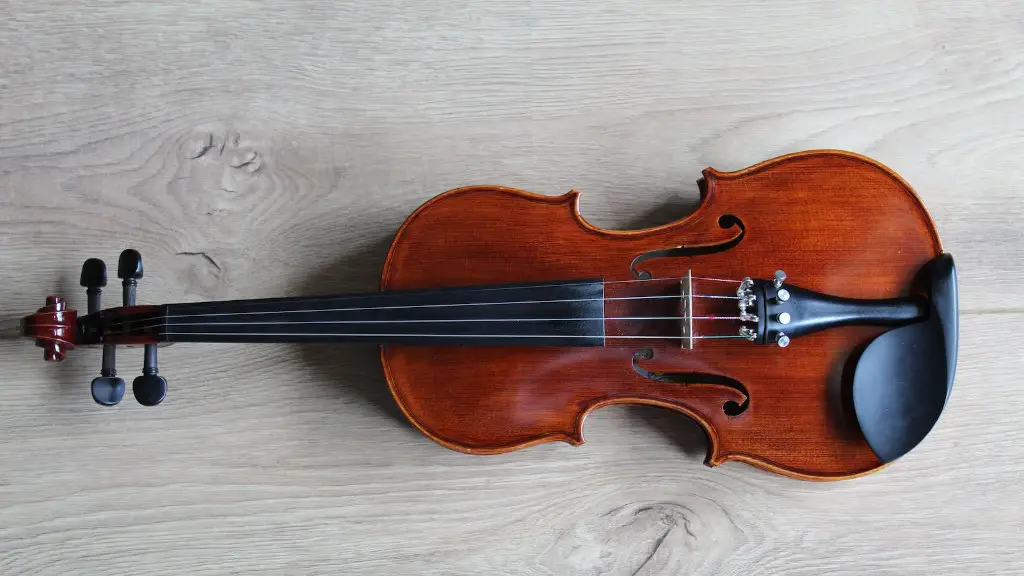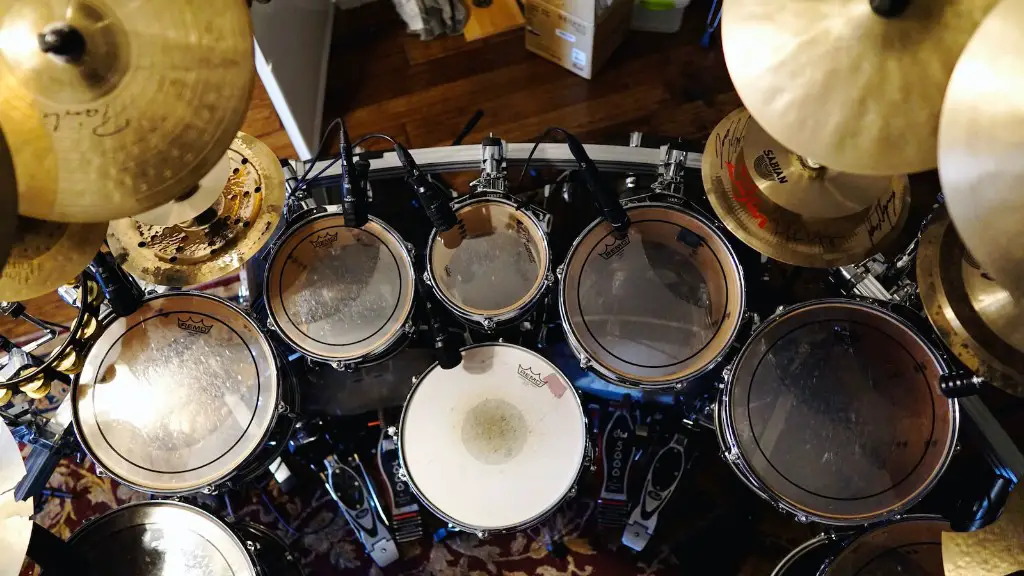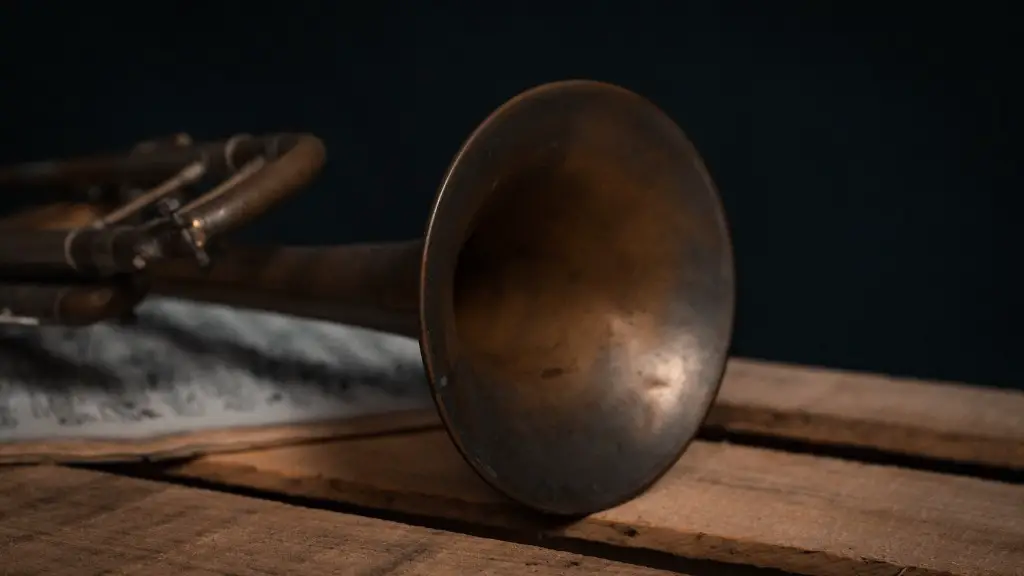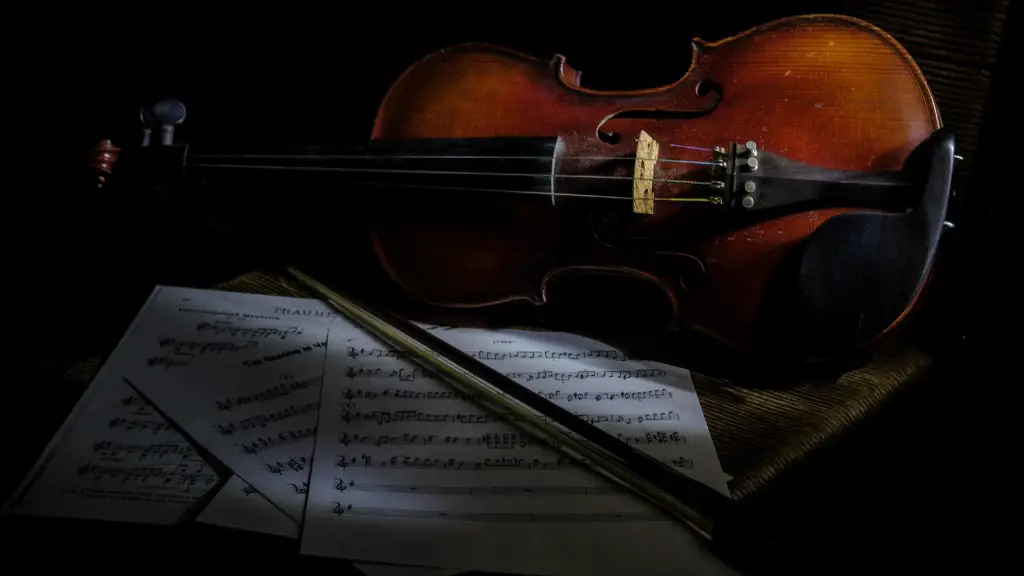Playing the violin is a beautiful art form, but it requires regular maintenance to keep it sounding its best. One of the most important parts of this maintenance routine is replacing your violin strings.
How often you should replace your strings depends on a few factors such as how often you play and what type of strings you use. Generally, you should replace your violin strings every 3-6 months if you are playing regularly, or every 6-12 months if you are a casual player. However, if you notice changes in the sound or feel of your instrument, then it may be time to change your strings sooner. Some players also like to change their strings before an important performance or recording session.
No matter how often you change your strings, it’s essential that they are properly installed and tuned for optimal performance and sound quality.
Frequency of Replacing Violin Strings
Replacing violin strings is an important part of maintaining your instrument. The frequency of replacing strings depends on the type of strings you use and your playing habits. Generally, it’s a good idea to replace them at least once a year. If you are an advanced player and play often, you may need to change them more frequently. It is also important to check for wear and tear on the strings and replace them if necessary. You should also check the bridge for signs of wear, such as cracks or chips. Additionally, if you find that your sound isn’t as full as it used to be or your intonation is off, then it may be time to replace your strings. Taking care of your violin strings will ensure that your instrument sounds its best and lasts for years to come.
When to Replace Violin Strings
Replacing your violin strings is an important part of maintaining an instrument. Violin strings should be replaced every few months, depending on how often you play and how well you take care of them. The more frequently you play, the more often you will need to replace the strings. If your strings are fraying or discolored, it’s time to replace them right away.
When replacing your strings, make sure to take note of the type and gauge that is currently on your violin. It is important to use the same type and gauge so that your instrument can maintain its tone and sound quality. You can purchase sets from music stores or online retailers, as well as individual strings if necessary.
Before taking off the old strings, use a soft cloth to wipe down the fingerboard and bridge. This will help keep dust and dirt from being transferred onto the new strings. Once you have installed your new strings, be sure to tune them up properly before playing. This will ensure that your violin sounds its best!
Replacing the strings on a violin is an essential task for any musician looking to keep their instrument in top condition. It may seem like a lot of work at first, but with practice it becomes easier and faster over time. Taking care of your violin’s strings will ensure that it sounds its best!
Signals That Indicate You Should Change Your Strings
When it comes to string replacement on a violin, there are several clear indicators that the strings need changing. One of the most obvious signs is when the strings start to lose their sound quality – they may sound dull and lifeless, compared to when they were first installed. Additionally, strings can become corroded due to exposure to sweat and other liquids, which can also affect their sound quality and cause them to break more easily.
In addition to sound quality, visual inspection of the strings is important. If you see fraying or wear on the strings then this could be a sign that they need replacing. It’s also important to check for any rust or discoloration on the strings, as this can weaken them and lead to breakage during play.
Finally, how often you should replace your violin strings will depend on how often you play it. For those who are playing regularly, it is recommended that you change your strings at least every three months in order to maintain optimal tone and performance from your instrument. For less frequent players, a string change once a year should be sufficient. However, if you notice any of the previously mentioned signs then it may be best to change your violin strings sooner rather than later.
Benefits of Regularly Replacing Violin Strings
Replacing violin strings regularly is an important part of proper maintenance for any musician. Doing so will help keep your instrument sounding great, as well as keeping it in good condition. New strings will bring out the best in your violin’s sound, and will help you achieve a richer tone. Additionally, regularly replacing strings can prevent problems like buzzing or dead notes as the strings get old and worn out. It is recommended to replace your strings every 3-4 months depending on how often you play.
In general, the more often you replace violin strings, the better sound you’ll get from your instrument. Newer strings will have more flexibility than older ones, providing better intonation and projection to your music. And since they tend to last longer between replacements, it may save you money in the long run.
Selecting the Right String for Your Instrument
The strings on a violin are an important part of the instrument, and it is important to select the right ones for your instrument. Violin strings come in different sizes and materials, so it is important to choose the ones that are best suited for your particular instrument. It is also important to consider how often you will need to replace your strings. Strings can wear out over time due to playing, so it is recommended that you replace them every six months, or more often if you play frequently. If you play regularly, you may even want to consider investing in a higher quality set of strings that can last longer. Ultimately, selecting the right strings for your violin will help ensure that your instrument sounds its best!
Changing Your Violin Strings
String replacement is an important part of maintaining your violin. It is important to replace your strings as often as needed to ensure the best sound quality. Depending on the type of strings you have, as well as how often you play, you should replace them every few months. If you are a professional musician or an advanced student, it is recommended that you replace your strings every three months or so.
When replacing strings, use caution and go slowly. Make sure to take off the old strings one at a time and tune the new ones in one at a time as well. It’s also important to make sure that the bridge is properly adjusted for each string before tightening it onto the pegbox. This will help ensure that your new strings sound their best and are properly in tune.
If you aren’t sure when it’s time to change your strings, listen to how they sound when playing. When they start to sound dull or muted, it’s likely time for new ones. You can also inspect each string for signs of wear, such as thinning or fraying windings on the string itself. By replacing your violin strings regularly, you can help keep your instrument sounding its best.
Wrap Up
In conclusion, the frequency of violin string replacement depends on a variety of factors. Generally speaking, strings should be replaced when they start to sound dull or show signs of wear and tear. It is also critical to check that the strings are properly stretched and re-tuned as needed. Additionally, it is important to care for your strings properly by regularly cleaning them with a soft cloth and avoiding contact with moisture. By following these tips, you can ensure that your violin strings last longer and provide you with the best playing experience possible.




